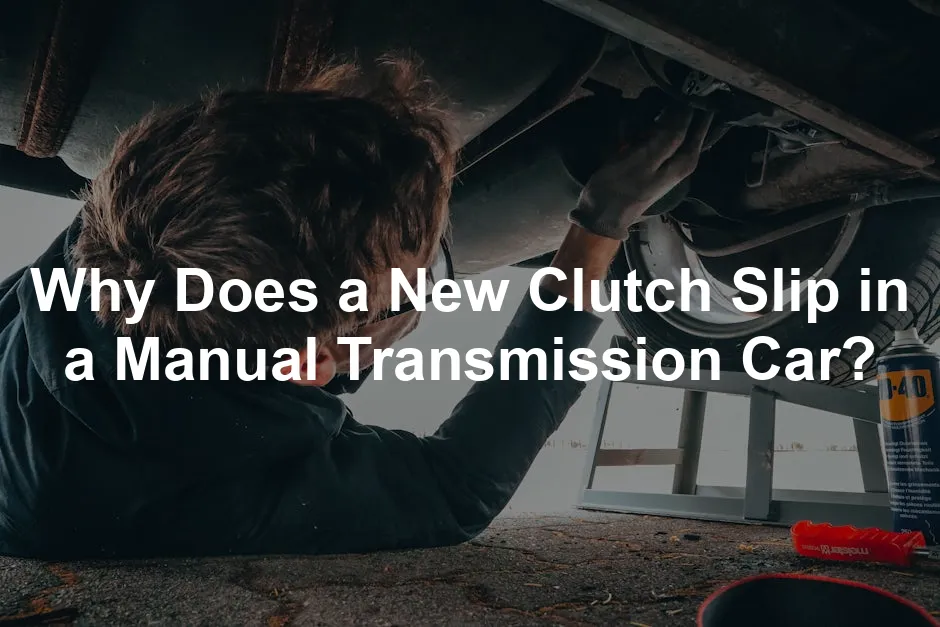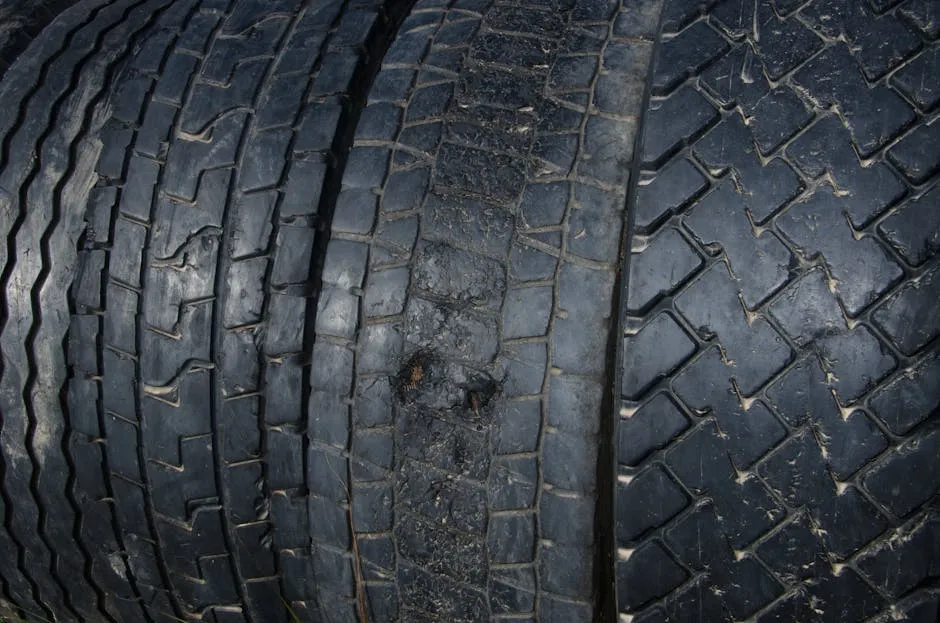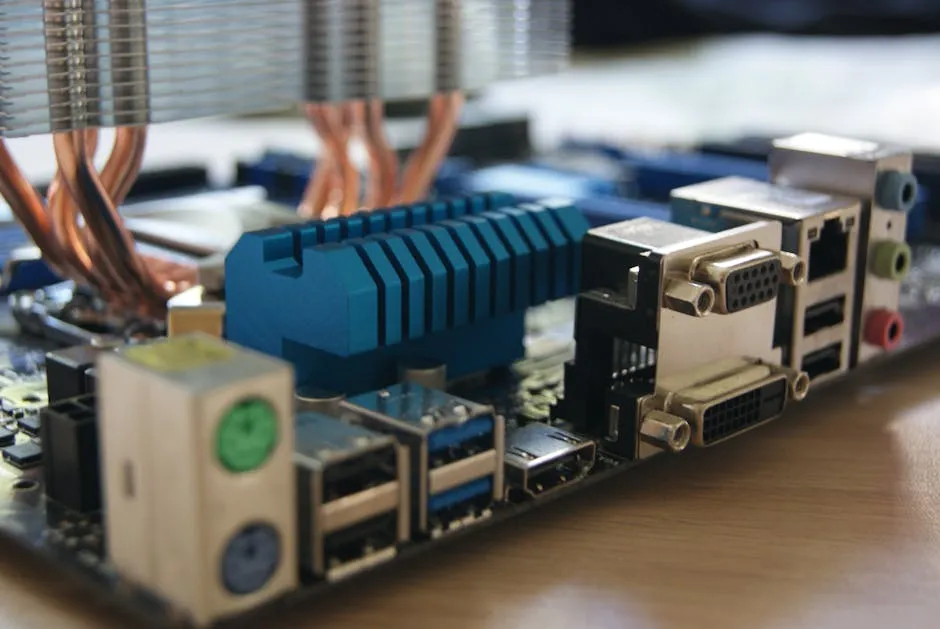
Why Does a New Clutch Slip in a Manual Transmission Car?
Introduction
A clutch plays a critical role in a manual transmission vehicle. It allows smooth gear shifts and power transfer from the engine to the wheels. So, it can be incredibly frustrating to experience clutch slippage soon after installing a new one. In this article, we will examine the reasons behind a new clutch slipping and how to address the issue effectively.
Summary and Overview
Clutch slippage occurs when the engine’s power isn’t fully transmitted to the wheels, resulting in increased RPMs without acceleration. A properly functioning clutch should engage and disengage smoothly, allowing for seamless gear changes. However, several factors can cause slippage even after a new installation. Common culprits include improper installation, defective components, issues with the hydraulic system, and contaminated clutch surfaces.
It’s crucial to troubleshoot these problems early to prevent further damage to your vehicle. Throughout this article, we will cover the mechanics of clutches, common causes of slippage, symptoms to watch for, and practical tips for troubleshooting and prevention. Understanding these aspects will help you maintain your vehicle’s performance and longevity.

Speaking of maintaining your vehicle, don’t forget the importance of using quality components. For instance, a Clutch Kit for Manual Transmission can save you from headaches down the road.
Understanding Clutch Mechanics
What is a Clutch?
A clutch is essential for power transfer in manual transmission vehicles. It connects the engine to the wheels, allowing seamless gear shifts. Imagine driving without it—gear changes would be impossible!
Key components of a clutch include the flywheel, pressure plate, and clutch disc. The flywheel acts as a connection point for the engine. The pressure plate applies force to the clutch disc, ensuring it grips the flywheel. Lastly, the clutch disc is the friction material that allows for smooth engagement and disengagement.
Proper functioning of these components is crucial. If any part fails, your vehicle’s performance can suffer. A slipping clutch can lead to poor acceleration and increased engine RPMs without speed. Keeping your clutch in good shape is vital for both safety and performance.

To help maintain that performance, using a Hydraulic Brake and Clutch Fluid is essential. Regular fluid checks can prevent leaks and ensure your clutch engages properly.
How Clutches Work in Manual Transmissions
Clutches engage and disengage during gear shifts. When you press the clutch pedal, the pressure plate releases the clutch disc from the flywheel. This action allows you to change gears without grinding.
The clutch works closely with both the engine and the transmission. When you release the pedal, the pressure plate pushes the disc against the flywheel, re-establishing the connection. This transfer of power is what propels your vehicle forward.
Several factors influence clutch performance. Heat can cause wear and tear, while improper installation can lead to slippage. Even driving habits play a role. Smooth transitions and avoiding aggressive driving can help maintain a healthy clutch. Understanding these mechanics ensures you can recognize issues before they escalate.
Common Causes of a New Clutch Slipping
Improper Installation
Installing a new clutch is a detailed process. Mistakes during this phase can lead to slippage. Common errors include misalignment of the clutch components or incorrect torque settings. If the pressure plate isn’t secured properly, it can’t apply the right force to the clutch disc. This leads to poor engagement and slippage.
Following manufacturer guidelines is crucial. Each vehicle has specific torque specifications that must be adhered to for optimal performance. Ignoring these can result in uneven wear and tear. To avoid issues, double-check your work or consider having a professional handle the installation. After all, a few extra steps can save you from future headaches.

To assist with proper installation, consider using a reliable Torque Wrench for Proper Installation. It ensures that everything is securely tightened to the manufacturer’s specifications.
Worn or Defective Components
Even new clutches can have defects. Sometimes, the pressure plate or clutch disc may not meet quality standards. If the pressure plate is weak, it won’t engage fully. This results in insufficient grip between the clutch disc and flywheel.
Moreover, a warped flywheel can also cause slippage. It’s essential to inspect all components thoroughly before installation. If you notice any wear or imperfections, don’t hesitate to replace them. A little caution can go a long way in ensuring the longevity of your clutch system.

Don’t forget to check the Automotive Repair Manual for your specific vehicle. It can provide invaluable guidance on what to look for and how to perform necessary checks.
Hydraulic System Issues
The hydraulic system plays a vital role in clutch functionality. It comprises the master and slave cylinders, which engage and disengage the clutch. If there’s a leak or contamination in the fluid, it can lead to slippage.
Low fluid levels can cause the hydraulic system to fail, making it difficult for the clutch to engage properly. Regularly checking fluid levels and ensuring your system is free from leaks is essential. Contaminated fluid can also affect performance, so make sure to keep everything clean. Taking care of your hydraulic system is key to maintaining clutch performance.

For those fluid checks, having a Digital Tire Pressure Gauge can help ensure your tires are inflated correctly and your hydraulic system is running smoothly.
Contaminated Clutch Surface
A clean clutch surface is crucial for optimal performance. Oil or grease can easily contaminate the clutch disc during installation. This contamination prevents the clutch from gripping properly, leading to slippage.
To ensure cleanliness, start by inspecting all components before installation. Use Lint-Free Cleaning Cloths to wipe surfaces free of dirt and oil. Wear gloves to avoid transferring grease from your hands. If you’re working in a garage, keep the area clean and free of spills.

Driving Habits
Your driving style directly impacts clutch longevity. Aggressive driving can lead to premature wear on a new clutch. Rapid starts, sudden stops, and high RPMs can create excessive heat, causing the clutch components to wear faster.
Proper breaking-in techniques are essential after installation. Gradually work your way up to normal driving conditions. Avoid heavy accelerations during the first 500 miles. Instead, shift at lower RPMs and allow the clutch to adjust.
Consider adopting smoother driving habits overall. This includes avoiding “riding” the clutch, which happens when you keep your foot on the pedal while driving. With mindful driving, you can extend your clutch’s life and enhance vehicle performance.
Symptoms of Clutch Slipping
Recognizing the Signs
A slipping clutch can manifest in several noticeable ways. One common symptom is higher RPMs without a corresponding increase in speed. You might notice the engine revving up, but the vehicle feels sluggish.
Another sign is difficulty accelerating. If your car struggles to gain speed even when pressing the gas pedal, the clutch may not be engaging properly. You might also experience a burning smell, which indicates excessive friction.
To pinpoint the problem, test other components. If the clutch isn’t the issue, you could be facing transmission problems or a faulty hydraulic system. Identifying the exact cause is crucial for effective repairs.

When to Seek Professional Help
If your new clutch is slipping, timely intervention is crucial. Ignoring the issue can lead to further damage, increasing repair costs. A slipping clutch often indicates underlying problems that require expert attention.
Look for signs like unusual noises or burning smells. These can signal serious issues that need immediate care. If you experience these symptoms, it’s best to consult a mechanic without delay.
Finding a qualified mechanic is essential. Start by asking friends or family for recommendations. Online reviews can also guide you to reputable professionals. Make sure the mechanic specializes in manual transmissions. This expertise ensures they understand the intricacies of clutch systems.
Don’t hesitate to take your vehicle to a trusted shop. Addressing a slipping clutch early can save you from more extensive repairs down the road. Remember, your safety on the road is paramount, so take action as soon as you notice any problems.
Troubleshooting a Slipping Clutch
DIY Tests
If you suspect your clutch is slipping, there are simple tests to confirm your suspicions. Start by finding a safe, flat area away from traffic. Put your car in a higher gear, like third or fourth, and gently release the clutch while applying the gas. If the engine revs without the car moving forward, your clutch may be slipping.
Another test involves accelerating rapidly in a low gear. If the engine races but the car doesn’t gain speed, that’s a clear sign of slippage.
Safety is key during these tests. Ensure your area is free of obstacles, and avoid performing tests on busy roads. Always wear your seatbelt and keep your hands steady on the wheel. If you feel uncomfortable or unsure, it’s best to consult a mechanic instead.

When to Consult a Mechanic
While DIY tests can help identify slipping, professional diagnostics are vital. Mechanics have the tools and expertise to assess your clutch’s condition accurately. During an assessment, they’ll check for worn components, hydraulic issues, or installation errors.
Expect the mechanic to conduct several tests, including examining the hydraulic system and inspecting for leaks. They will also evaluate the clutch components for wear and proper alignment.
After the assessment, the mechanic will provide recommendations based on their findings. This could involve repairs, part replacements, or even a complete clutch overhaul. Don’t underestimate the importance of professional insight. It can make all the difference in restoring your vehicle’s performance.
Preventative Measures
Maintenance Tips
Regular maintenance is key to preventing clutch slippage. Start with routine inspections of clutch components. Check for signs of wear or contamination, and replace parts as needed.
Driving techniques also play an essential role. Avoid aggressive starts and sudden stops. Smooth gear transitions help maintain a healthy clutch. It’s also wise to let the engine warm up before driving. This reduces wear on the clutch and improves overall performance.

Consider keeping a log of your vehicle’s maintenance. This helps track when inspections or replacements are due. By staying proactive, you can significantly extend the life of your clutch.
And while you’re at it, consider investing in a Car Maintenance Logbook. It’s a handy way to keep track of repairs and maintenance schedules, making your life a whole lot easier.
Clutch Component Quality
Using high-quality parts is crucial for clutch longevity. When replacing components, opt for reputable brands known for their reliability. Cheap parts may save money initially, but they can lead to slipping and further issues down the line.
Research different manufacturers and read reviews before making a purchase. Brands with a solid reputation often offer warranties, providing peace of mind for your investment.
Consult with your mechanic about the best options for your vehicle. They can recommend trusted manufacturers based on your specific needs. Quality components can make a significant difference in your clutch’s performance and lifespan.

On that note, don’t skimp on your tools either! A solid Automotive Hand Tools Set can make all the difference when it comes to repairs.
Conclusion
Understanding why a new clutch may slip is essential for every manual transmission vehicle owner. Recognizing the importance of timely intervention can prevent further damage and costly repairs.
By adopting proactive measures and maintaining your vehicle, you can enhance the clutch’s longevity. Regular inspections and quality components are vital for optimal performance. Always seek professional help when issues arise. Your safety and vehicle reliability depend on it.
Seeking expert assistance is crucial for managing vehicle issues effectively, especially when it comes to clutch problems.

And remember, whether it’s a Portable Air Compressor or a Vehicle First Aid Kit, keeping your car equipped for emergencies is always a good idea.
Please let us know what you think about our content by leaving a comment down below!
Thank you for reading till here 🙂
All images from Pexels




